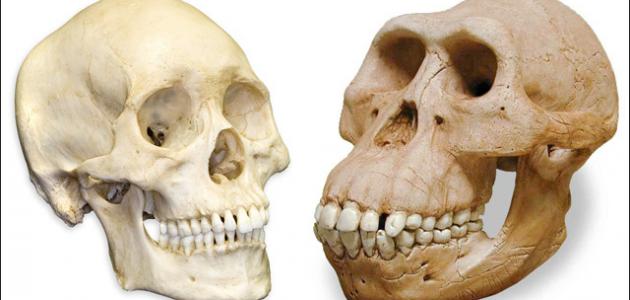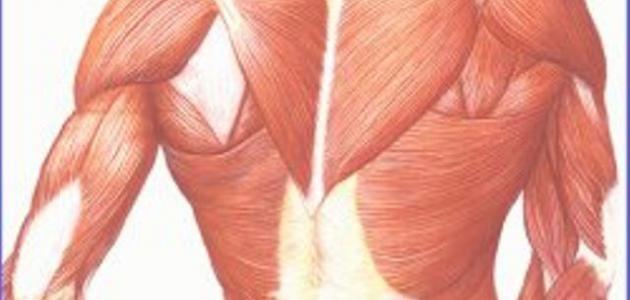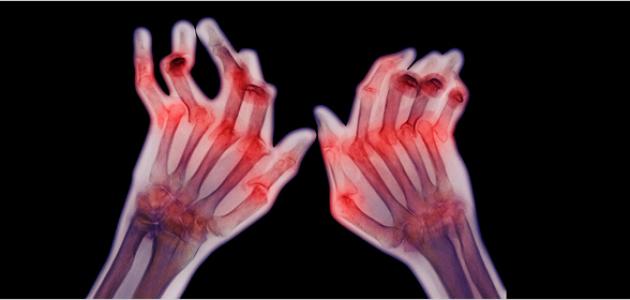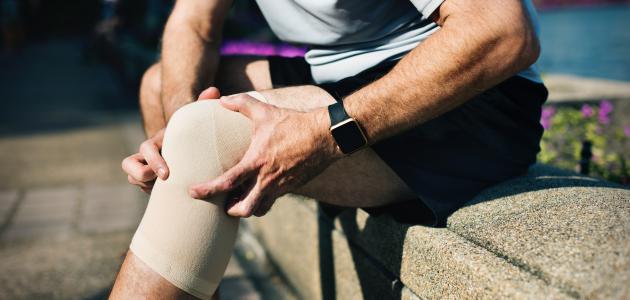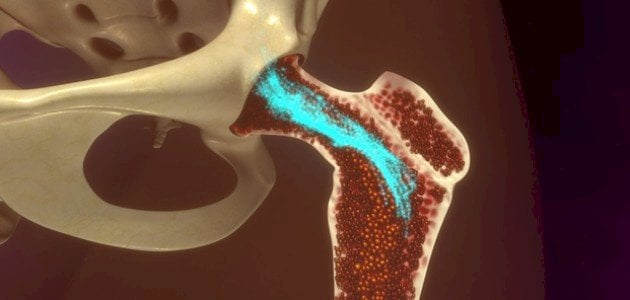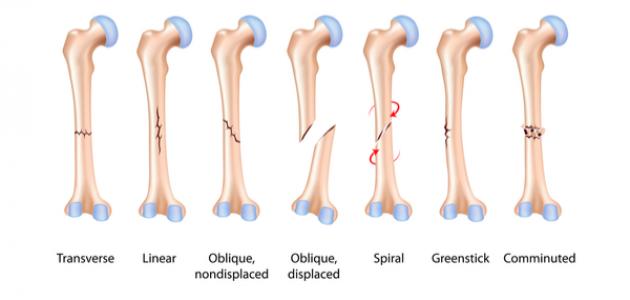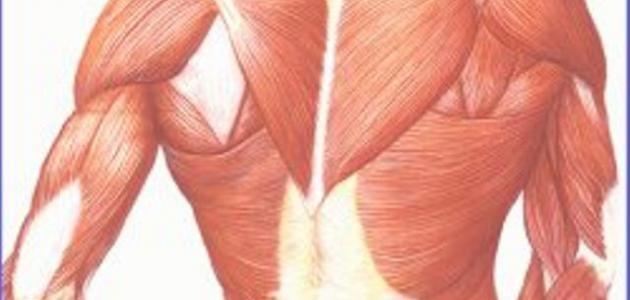Joint pain
The joint consists of several parts, including muscles, bones, tendons, ligaments, and cartilage. Pain can occur in any part of it, and this pain can be severe, such that it impedes and limits the movement of the joint. It can also be mild, causing potential pain after engaging in activities. Certain joint pain often indicates arthritis, but there are many different causes.
Causes of joint pain
There are many causes that lead to joint pain, including the following:
- Tendinitis.
- osteitis.
- Rheumatoid arthritis.
- Ligaments and muscles are stretched or torn.
- Bone fractures.
- Joint irritation.
- Suffering from gout.
- Hypothyroidism.
- Lupus infection.
- Infection with Lyme disease.
- Paget's disease of bone.
- Suffering from polymyalgia rheumatica.
- Having rickets.
- Bone cancer.
- death of bone tissue; As a result of a lack of blood flow.
- Osteoarthritis, a disease that causes curvature of the joints.
Medical assistance
It is recommended to consult a doctor immediately if the cause of joint pain is a severe injury, and the pain is accompanied by the following:
Read also:Coccyx pain- Joint deformity.
- Inability to use the joint.
- Suffering from severe joint pain.
- Sudden joint swelling.
Treatment of joint pain
home remedies
Treatment methods for pain vary depending on the cause. The pain resulting from a specific injury can be relieved by massaging the affected area and getting adequate rest. However, if the cause of the pain is inflammation of the joint, it can be relieved using local analgesics, or non-steroidal pain relievers, in addition to Exercise and maintain a healthy and ideal weight.
pharmacological treatments
Some types of medications can be used in addition to home care to relieve joint pain, and these medications include:
- Analgesics that do not require prescriptions, such as acetaminophen.
- Non-steroidal anti-inflammatory drugs, such as: aspirin, ibuprofen, and naproxen, and care must be taken not to use them for long periods. This is to avoid side effects.
- Corticosteroids, which can be used in the form of oral pills, or needles that are injected into the affected joint.


